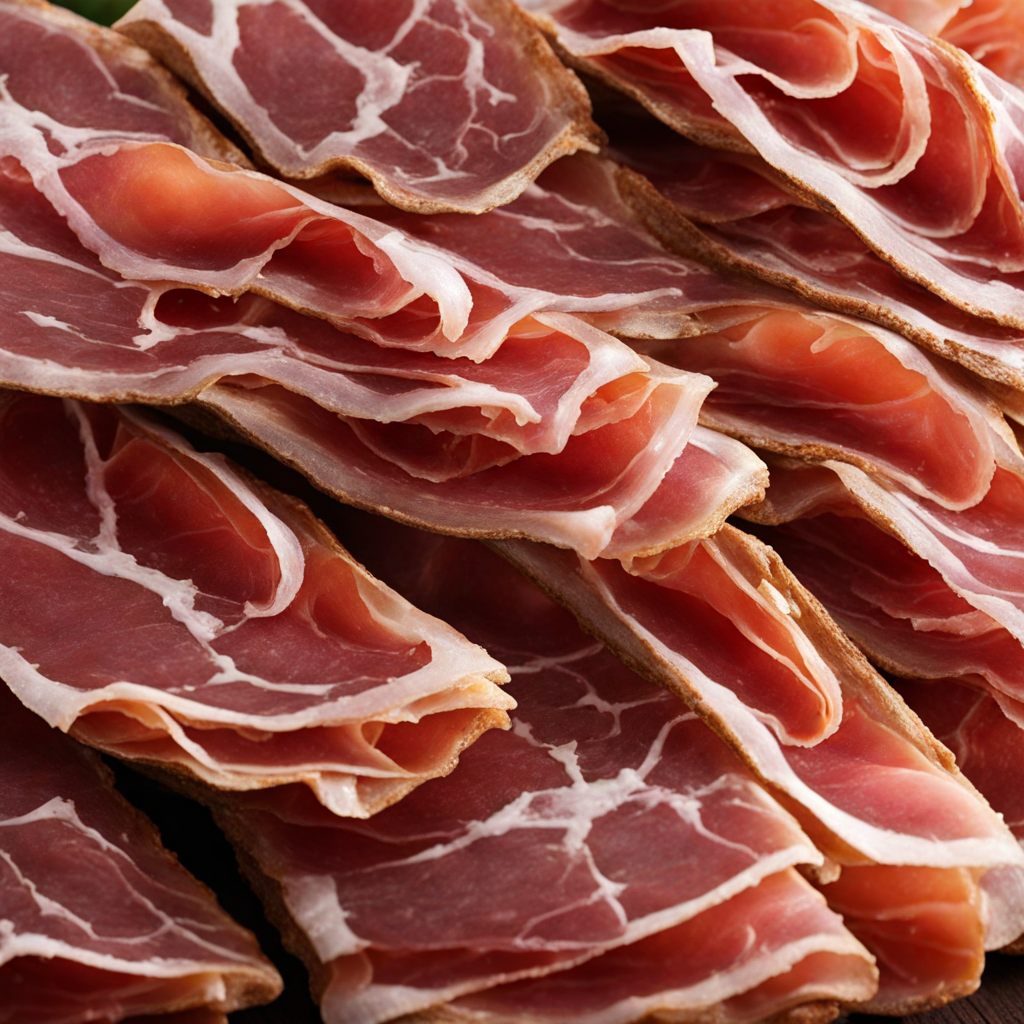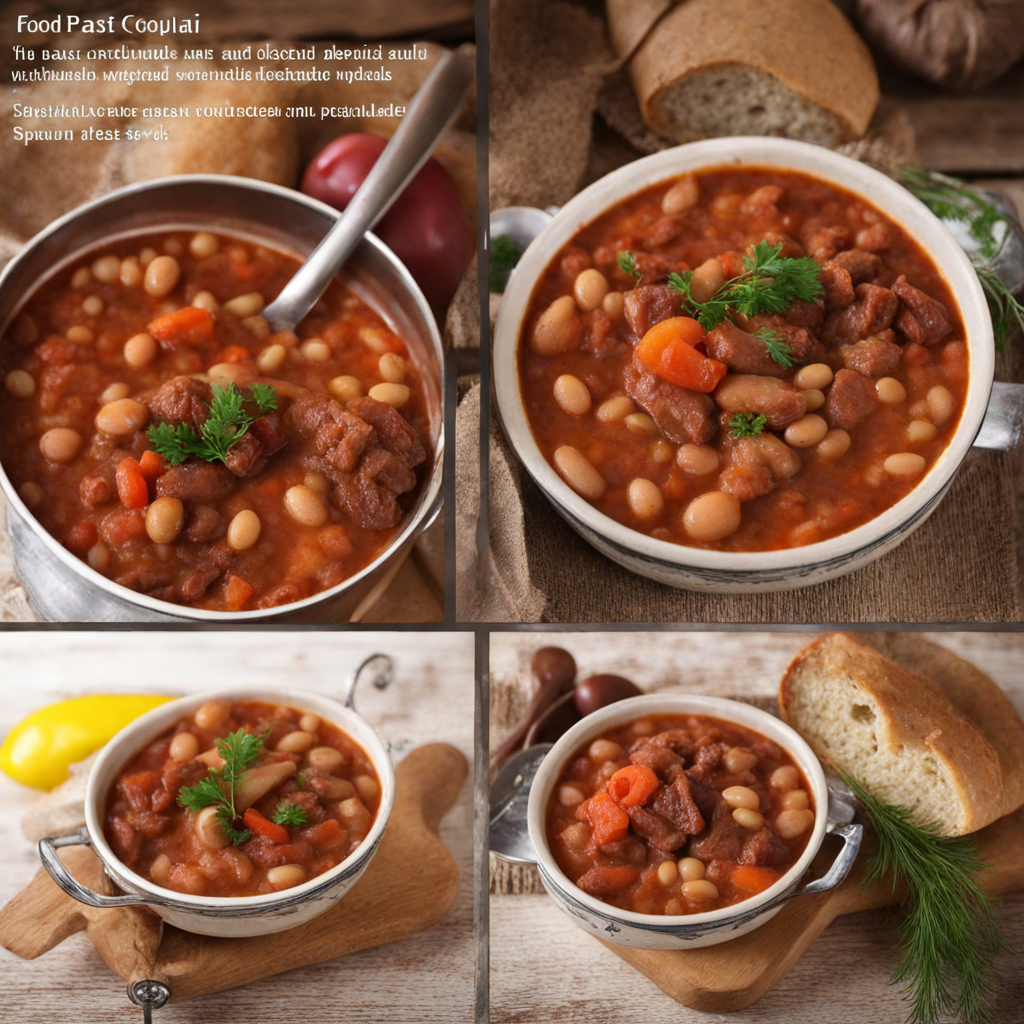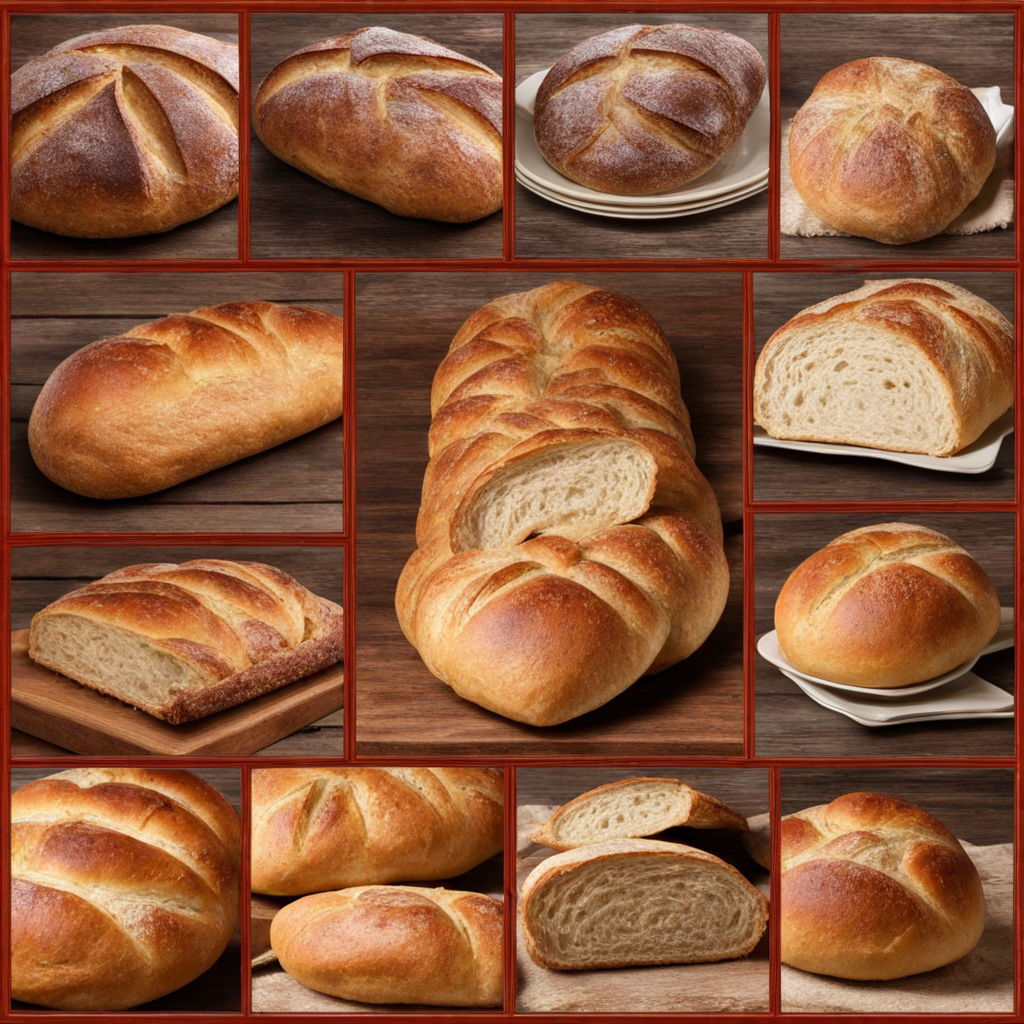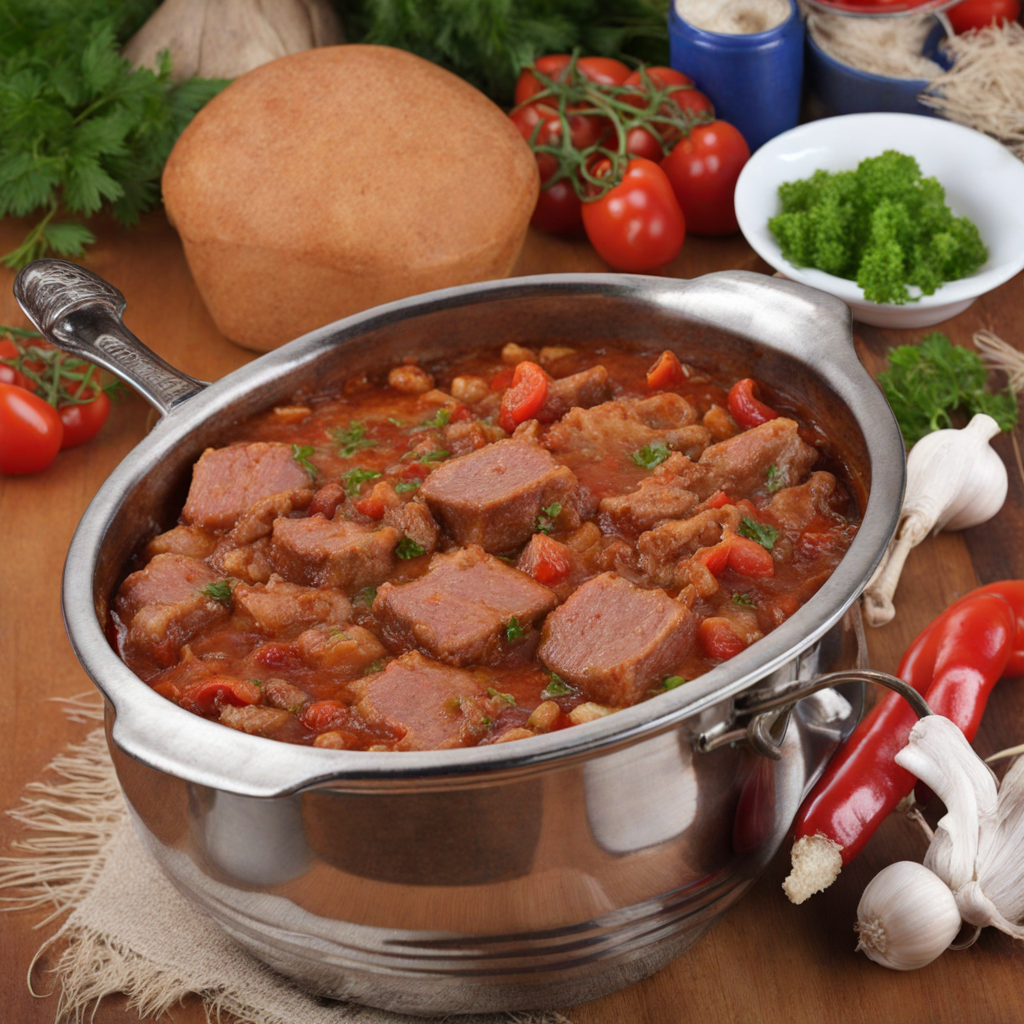Pršuta
Pršuta is a traditional cured ham that hails from the rich culinary landscape of Serbia, celebrated for its deep flavors and artisanal craftsmanship. The meat, typically derived from the hind leg of a pig, undergoes a meticulous process of salting, drying, and aging, often for several months. This careful preparation allows the natural flavors of the pork to concentrate, resulting in a delicately sweet and savory taste that is both robust and nuanced. The unique climate of Serbia, along with the specific methods used by local producers, contributes to the distinct character of Pršuta, setting it apart from other cured meats found across Europe. As you take your first bite of Pršuta, you’ll notice its tender texture and the beautiful marbling of fat that infuses each slice with richness. The curing process not only enhances the meat's flavor but also gives it a slightly smoky aroma, particularly if it's been aged in traditional wooden smokehouses. Served thinly sliced, Pršuta is often enjoyed as part of a charcuterie board, paired beautifully with olives, cheeses, and crusty bread. It can also be used in a variety of dishes, adding an exquisite depth to salads, pasta, or even wrapped around seasonal vegetables for a sumptuous appetizer. Beyond its delicious taste, Pršuta embodies the cultural heritage of Serbia, often enjoyed during family gatherings, celebrations, and festive occasions. Its preparation is a labor of love, passed down through generations, reflecting the pride that Serbian artisans take in their craft. Discovering Pršuta is not just a culinary experience; it is an invitation to explore the traditions and flavors that define Serbian cuisine, making it a must-try for adventurous palates seeking something new and extraordinary.
How It Became This Dish
The History of Пршута: Serbia's Beloved Cured Meat #### Origins Пршута, pronounced as "pršuta," is a traditional dry-cured ham from Serbia, and its history is deeply intertwined with the culinary practices of the Balkan region. The origin of pršuta can be traced back to the ancient methods of preserving meat, which were developed out of necessity in a time before refrigeration. The tradition of curing meat has existed in various cultures worldwide, but in Serbia, it has been refined into an art form. The word "pršuta" itself is derived from the Latin term "perexsuctus," meaning "thoroughly dried." This etymology highlights the importance of the drying process in the production of pršuta. The earliest forms of pršuta were likely influenced by the Roman Empire, which spread the practice of salting and drying meats across its territories. As the Slavic tribes settled in the Balkans, they adopted and adapted these techniques, leading to the distinctive Serbian varieties we know today. #### Cultural Significance Pršuta is more than just a culinary delight; it is a symbol of Serbian identity and tradition. The production of pršuta is often a communal affair, particularly in rural areas, where families come together during the curing season. This aspect of community bonding is significant, as it reinforces family ties and regional pride. In Serbian culture, pršuta is often associated with hospitality and celebration. It is a staple on the table during gatherings, special occasions, and holidays. Traditionally, it is served as part of a mezze platter, accompanied by cheese, olives, and homemade bread. The experience of sharing pršuta with friends and family is deeply rooted in the Serbian ethos of togetherness and generosity. Additionally, pršuta has become emblematic of the broader culinary heritage of the Balkans, representing the region’s rich agricultural resources and the craftsmanship of its people. The use of local ingredients, such as herbs and spices, enhances the flavor profile and ties the dish to the land itself. #### Development Over Time The production of pršuta has evolved considerably over the centuries, influenced by various factors, including regional ingredients, climate, and technological advancements. In the past, the curing process was primarily conducted in households, utilizing traditional methods passed down through generations. Families would typically select a pig in the autumn, the time of year when the weather was cool and dry, perfect for curing meat. The process begins with the selection of high-quality pork, often from local breeds. The meat is then salted, typically with a mixture of sea salt and spices such as black pepper, garlic, and bay leaves. The salting process is crucial, as it not only preserves the meat but also infuses it with flavor. After a period of salting, the pork is rinsed and then hung to dry in a cool, airy place, where it undergoes fermentation and dehydration. This process can take several months, depending on the desired texture and flavor. As Serbia moved into the 20th century, pršuta began to gain recognition beyond its local roots. The rise of the Yugoslav state in the aftermath of World War I and the subsequent formation of a unified Yugoslavia created opportunities for cross-regional culinary exchanges. Pršuta became a popular delicacy not only in Serbia but throughout the entire region, with each area contributing its unique twist to the recipe. The latter half of the 20th century brought significant changes to the production and consumption of pršuta. The emergence of industrialized food production methods led to the commercialization of cured meats. While this allowed for wider distribution and availability, it also raised concerns about the authenticity and quality of the product. Many artisanal producers began to emphasize traditional methods, seeking to preserve the authentic taste and craftsmanship associated with pršuta. #### Regional Variations Serbia is home to various regional styles of pršuta, each with distinct characteristics. For instance, in the southern regions, such as the Šumadija district, pršuta might be smoked for an additional layer of flavor, while in the north, it is often left unsmoked, allowing the natural flavors of the meat and spices to shine through. One of the most famous variations is "Pršut from the region of Vojvodina," which is known for its unique blend of spices and the use of local pig breeds. In contrast, "Sjenica pršuta," hailing from the mountainous region of Sjenica, is celebrated for its specific curing method, which involves hanging the ham in the cold mountain air for an extended period, resulting in a distinct taste and texture. #### Modern Revival In recent years, there has been a revival of interest in traditional food practices, and pršuta has experienced a renaissance among both consumers and producers. The farm-to-table movement has sparked a renewed appreciation for locally sourced, artisanal products. Many Serbian chefs and home cooks are returning to traditional recipes, experimenting with flavors while maintaining the integrity of the original methods. Furthermore, pršuta has begun to gain international recognition, with Serbian restaurants and delis showcasing this beloved delicacy to a broader audience. Food festivals, culinary tours, and the promotion of Serbian gastronomy have all contributed to elevating pršuta’s status on the global culinary stage. #### Conclusion Pršuta is not just a dish; it is a testament to Serbia's rich cultural heritage and culinary traditions. From its ancient origins to its modern-day revival, pršuta embodies the spirit of community, family, and the artistry of food preservation. As it continues to evolve and adapt while retaining its core characteristics, pršuta stands as a delicious reminder of the resilience and creativity of Serbian cuisine. Whether enjoyed at a festive gathering or savored as a simple snack, pršuta is a symbol of the heart and soul of Serbian culture, connecting generations through the shared experience of food.
You may like
Discover local flavors from Serbia







